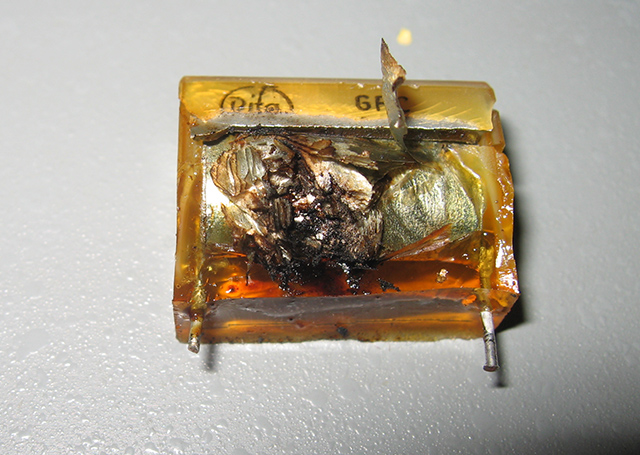eXTended8088
Experienced Member
Hi All 
Just today, an acquaintance gave me an Osborne 1 missing it's CRT that he recently acquired but did not test. I wanted to see if it would power up and when I plugged it in and turned it on, It made a small beep sound, but nothing else happened. No drive lights no fan spinning, no nothing. It left it on to see if it needed to wam up or what not, and about 7 minutes later massive and mean massive amounts of smoke came out. I ran over and shut it off and unplugged it. Any idea what the heck might of happened. It smells like roasted marshmallows! I let it "cool off" for a bout a half hour then turned it on quickly to see if that "beep" was still present, which it is. I then quickly tunred it back off and unpluged it. Just curious if this has happened to anyone else. I searched the net about it and found a short video on youtube but thats about it.
Thanks for any help!
 nfire:
nfire:
Just today, an acquaintance gave me an Osborne 1 missing it's CRT that he recently acquired but did not test. I wanted to see if it would power up and when I plugged it in and turned it on, It made a small beep sound, but nothing else happened. No drive lights no fan spinning, no nothing. It left it on to see if it needed to wam up or what not, and about 7 minutes later massive and mean massive amounts of smoke came out. I ran over and shut it off and unplugged it. Any idea what the heck might of happened. It smells like roasted marshmallows! I let it "cool off" for a bout a half hour then turned it on quickly to see if that "beep" was still present, which it is. I then quickly tunred it back off and unpluged it. Just curious if this has happened to anyone else. I searched the net about it and found a short video on youtube but thats about it.
Thanks for any help!

